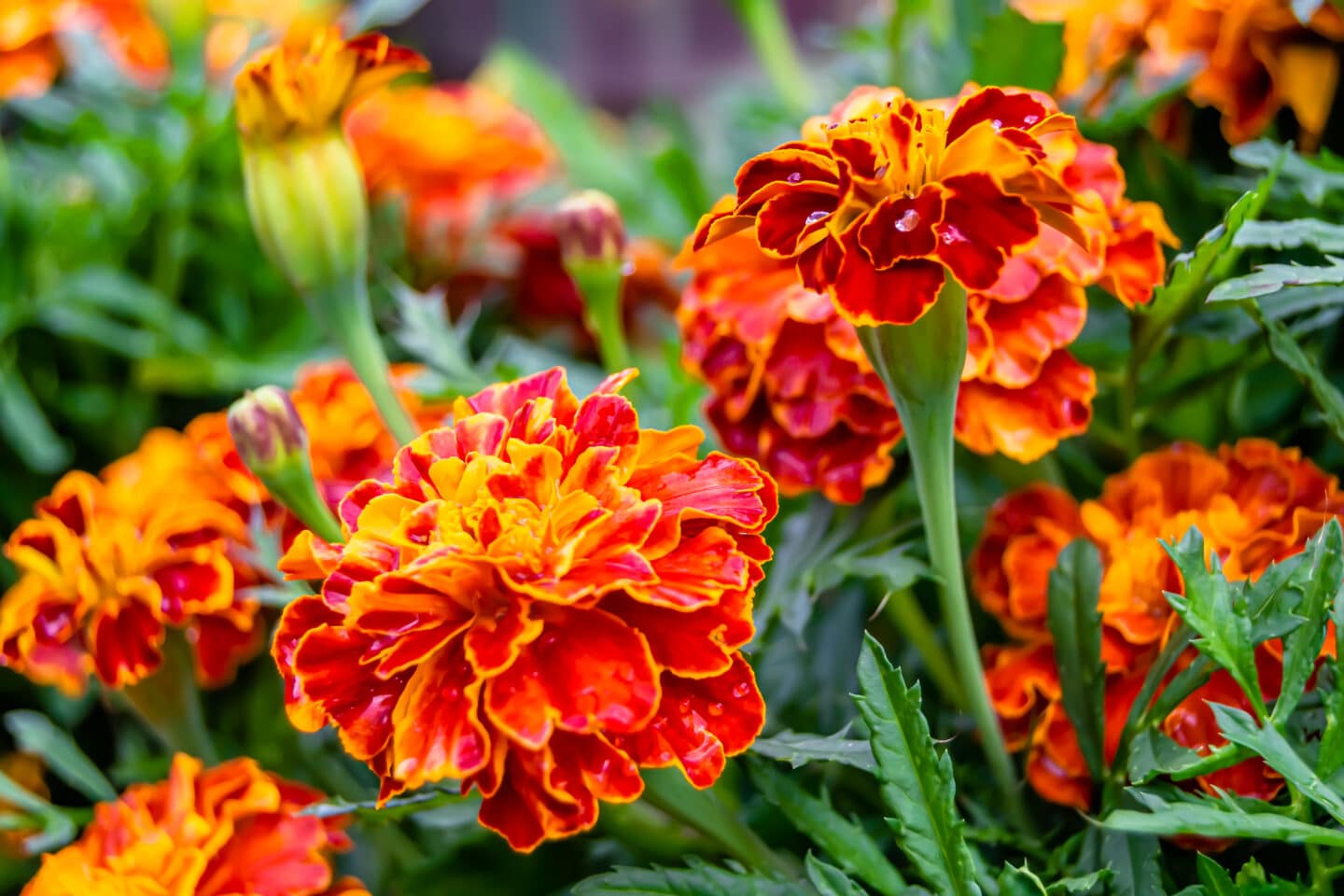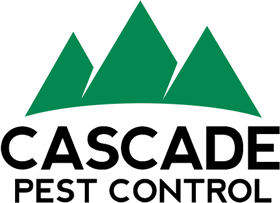Author: Kurt Treftz, Cascade Pest Control
Keeping ants under control can feel like an insurmountable obstacle for home and business owners. Our busy, little neighbors just keep coming and coming. So what can you do?
When ants are in their proper place, they are important to help aerate the soil for healthy lawns, kill and eat grubs that can destroy plants, and aid in organic matter decomposition. However, in large numbers they can reach “pest” status quickly. Here are some landscaping strategies that can start outdoors to keep ants from coming indoors.
Landscaping with Plants to Control Ants
Ants are drawn to many yards and gardens because of the presence of aphids and scales. These tiny creatures are feeding on your plants and secreting a sweet liquid, called honeydew. It is this honeydew that attracts ants who find it highly attractive.
Plant with Ant-Repellant Vegetation

One of the first and easiest ways to deter ants for the long term is planting ant-repellant vegetation. Choosing herbs, flowers, and bushes that deter ants & don’t support aphids is a natural, long-term solution that benefits the homeowner in multiple ways. You get beautiful flowers and tasty herbs AND the ants steer clear.
- Herbs: mint, rosemary, catnip, thyme
- Flowers: lavender, marigolds, chrysanthemums, tansy
Landscape Design to Control Ants
Your choices in how you lay out your yard and the material you use can also deter ants.
Design a rock perimeter
Rock, rather than mulch or organic ground cover, is much less likely to support pest growth. Especially around the perimeter of your home or business, consider spreading river rock or gravel to control ants and other pests.
Placement of beds
Choose your flower bed locations carefully. Avoid putting beds right against structures as this can create a highway directly into your home.
Create a space for firewood
If you are stacking firewood, make sure it is enclosed in a shed or other well-sealed location OR store it away from the house in the back corner of your lawn. Carpenter ants, in particular, are drawn to firewood (especially if it is damp).
Landscape Maintenance to Control Ants
Keep plants & lawns healthy
Ailing plants are likely to attract aphids and scale; ergo, more ants. Also, a healthy lawn is less likely to invite an ants’ nest. When you mow, leave your lawn clippings to create organic matter in the soil and avoid crumbly, dry soil that attracts ants. Instead, organic matter holds moisture and creates a lumpy, crumbly soil that ants dislike.
Avoid overwatering
Watering too much and too frequently can also be unhealthy for plants (which attracts aphids, which attracts ants, you get the picture).
Trim bushes and trees away from structures
Vegetation around your building should be cut back at least 18 inches. Any time a plant or bush touches your home it becomes a superhighway for pests to find their way inside. And don’t just check around the foundation, look up as well! Ants can capitalize on tree branches too.
Replace mulch annually
Unfortunately, mulch can be quite attractive to ants. If you do use mulch, make sure that you replace it annually. And don’t just dump some new mulch on top of old. The deeper the mulch the more of a decaying hot bed it becomes. Ensure you are removing the old and making way for the new.
Just a few intentional changes can make the difference in an ant-free summer or an ant-infested one. Try these landscaping ant control suggestions to get ahead of a problem before it starts.
